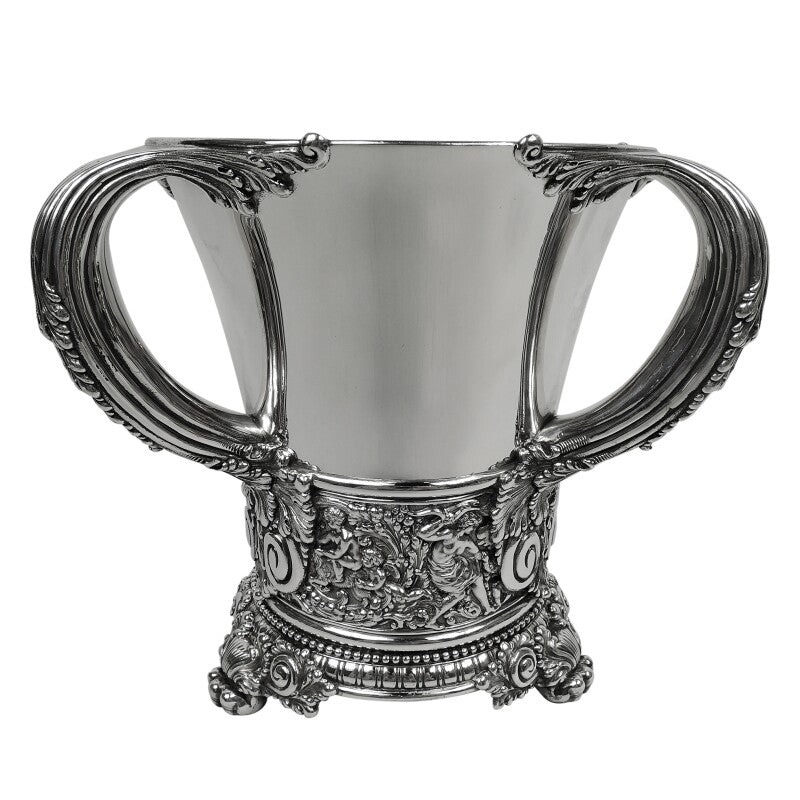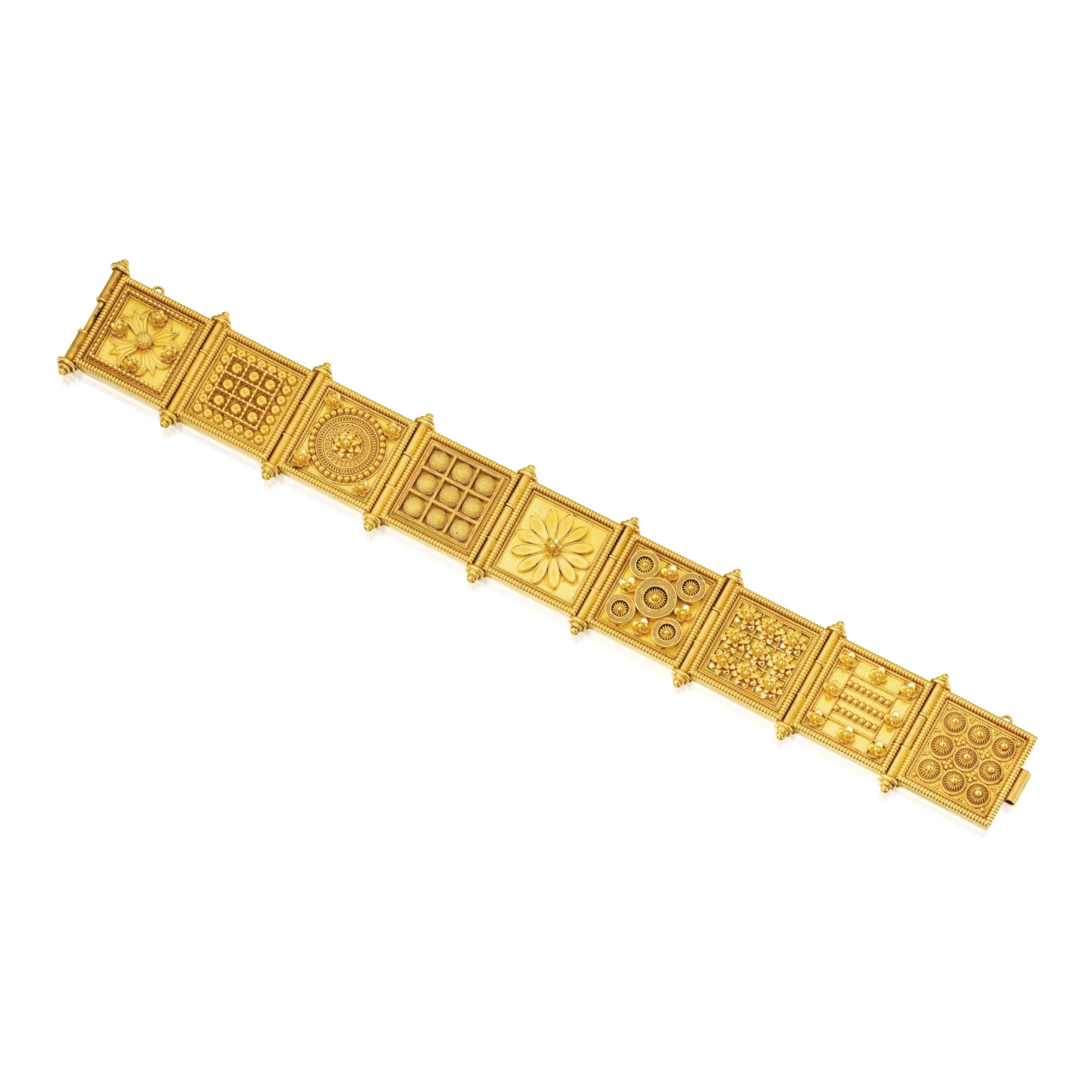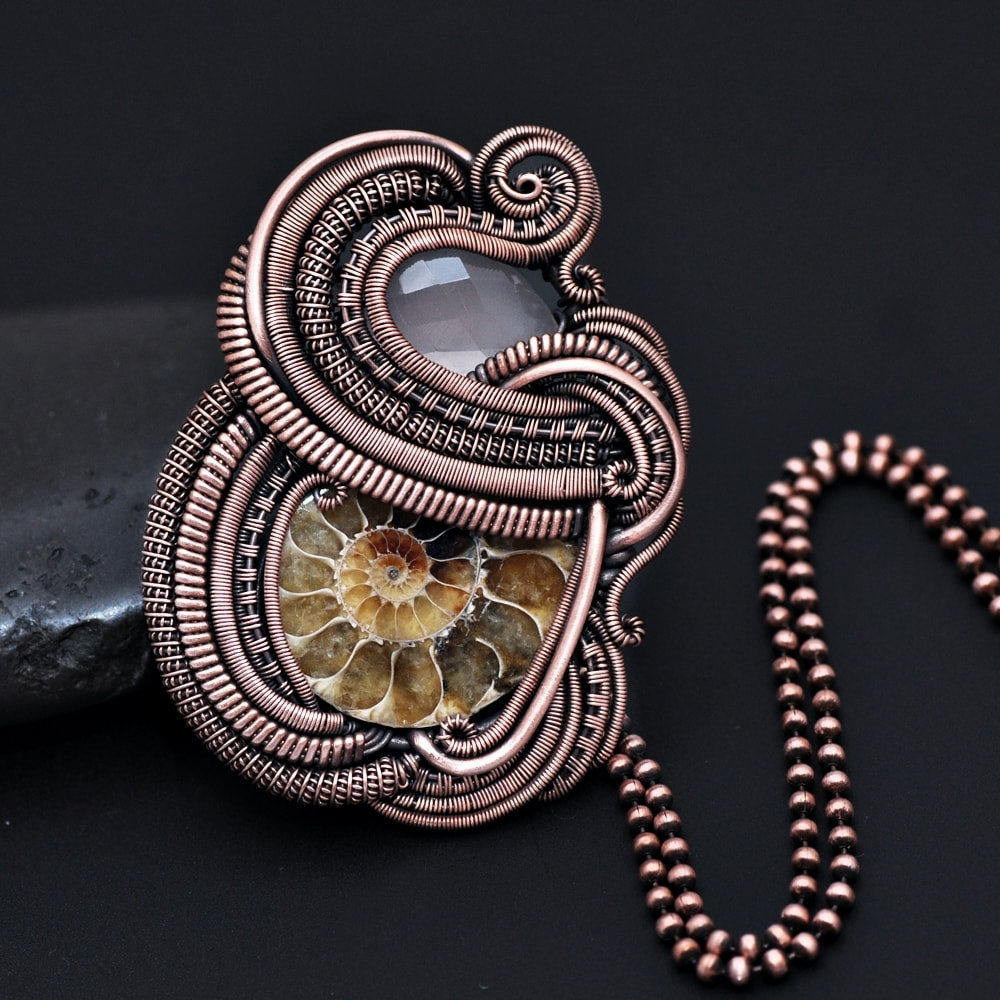
The Art of Repoussé in Jewelry-Making: Elevating Designs with Hammered Metal Embellishments
Jewelry-making is a captivating blend of artistry, skill and innovation, with various techniques that have stood the test of time. Among these, the technique of repoussé has emerged as a remarkable way to create intricate and captivating jewelry pieces. Rooted in ancient metalworking traditions, repoussé involves shaping and molding metal into stunning designs that reflect both elegance and craftsmanship. In this article, we delve into the world of repoussé, exploring its technique, renowned jewelry designers who’ve mastered it and iconic jewelry pieces that showcase its beauty.
Understanding Repoussé: The Technique Unveiled
Repoussé, derived from the French word "re-pousser" (to push back), is a metalworking technique that involves transforming flat sheets of metal into three-dimensional forms by using various tools and hammering techniques. The process requires the craftsman to manipulate the metal from the reverse side, pushing it outward to create intricate patterns, textures and designs on the front surface.

A necklace of girandole design set with oval- and pear-shaped pink topaz in foil closed-back settings, all within repoussé surrounds, accompanied by a pair of screw-back earrings of similar design, circa 1820
Creating Repoussé: A Step-by-Step Guide
Material Selection: A suitable metal sheet, such as copper, silver or gold, was chosen. These metals are malleable enough to be shaped without cracking or breaking.
Design Transfer: The chosen design was transferred onto the metal sheet using a pencil or transfer paper.
Preparing the Base: The metal sheet was securely positioned on a pitch surface, providing a soft backing for working. This surface absorbed the force of the hammering, preventing excessive stretching.
Outlining and Shaping: The process began by outlining the design using a pointed tool. Work progressed from the center outward, utilizing different hammering techniques to shape and contour the metal. Rounded and flat-tipped hammers were commonly used to achieve varied textures and depths.
Detailing and Texturing: Specialized repoussé tools were employed to add finer details and textures to the design. This included creating intricate patterns, adding relief to specific areas and refining overall aesthetics.
Annealing: As the metal became more resistant to shaping, it was periodically heated with a torch to soften it. This process, known as annealing, made it easier to continue working on intricate details.
Finishing Touches: After achieving the desired design, the piece was refined by filing, sanding and polishing the surface. This step brought out the metal’s natural luster and highlighted the intricacies of the repoussé work.
Masters of Repoussé: Celebrated Jewelry Designers
Several modren jewelry designers have elevated repoussé to an art form, showcasing their exceptional skills through breathtaking creations:
Paul de Lamerie: An 18th-century English silversmith, de Lamerie was renowned for his intricate and ornate repoussé designs, often adorning tea services, trays and elaborate jewelry pieces with his distinct style.

A large, silver George II presentation sideboard dish decorated with a wolf hunt scene using repoussé, circa 1727
Georg Jensen: A Danish silversmith, Jensen embraced the Art Nouveau movement, incorporating repoussé techniques into his pieces. His designs captured the essence of organic forms, creating timeless and modern pieces.
Louis Comfort Tiffany: Known for his exceptional stained glass work, Tiffany also applied repoussé techniques to his jewelry designs. His pieces often featured intricate floral motifs and gemstone embellishments.
Iconic Repoussé Jewelry Pieces
The Bat Necklace by René Lalique: Lalique, a French glass designer and master jeweler, created a stunning bat necklace in the Art Nouveau style. The necklace showcased intricate repoussé work, depicting a bat with outstretched wings, adorned with opals and rare diamond .
Fabergé Eggs: The House of Fabergé, famous for its exquisite eggs, utilized repoussé techniques to craft these iconic treasures. The intricate designs and precious materials showcased the mastery of repoussé in creating intricate patterns and forms.
Tutankhamun’s Funerary Mask: This ancient Egyptian artifact, adorned with intricate repoussé goldwork, remains one of the most recognizable examples of the technique. The mask’s stunning detail and craftsmanship highlight the artistry of repoussé in ancient times.
Repoussé is a fascinating technique that has withstood the test of time, continuing to captivate admirers with its intricate designs and skilled craftsmanship. From its humble origins in ancient metalworking to its modern-day interpretations by renowned designers, repoussé remains a testament to the enduring allure of jewelry-making. As artists continue to innovate and reimagine this age-old technique, the world can expect to witness even more awe-inspiring creations that push the boundaries of what is possible with metal and imagination.
Top image: An American Victorian Beaux-Arts silver Olympian wine cooler with a repoussé frieze of nymphs, gods and cherubs with three paw feet, circa 1895
All images courtesy of Sotheby's


